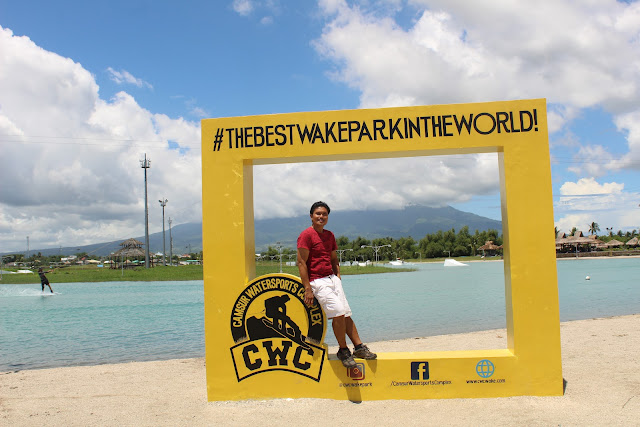
You may wonder why I decided to include a public school like Cagayan National High School (CNHS) as part of my travel blog. Well, I was just impressed of its amenities and its building structures.

Design like these umbrellas line up to give a shadow has been seen by me in Dona Aurora A. Quezon Elementary School in San Andres, Malate, Manila but they were just a small part of the school but this one covers the space between two buildings.

But of course, CNHS did not just come from nowhere, because it has a rich history. It is locally known as Cagayan High is just across Cagayan State University. It is considered as the universal high school of Region 2. It was established in 1905, it is the oldest public secondary level school in Cagayan and the province’s premier secondary school. It originally created as Cagayan High School and was changed to Cagayan National High School by virtue of Presidential Decree 1050 on July 1, 1976.


Usually, the first part of the building structure that I look at is the comfort room. It should be clean and spacious not just one or two urinals just like this one. It is even better than the comfort room of Cagayan State University.

Wow! their comfort room is like in a hotel. Very spacious and hand soup is even provided. It was very clean inside despite users coming in and out. You can ease your gall bladder with a smile.

















































